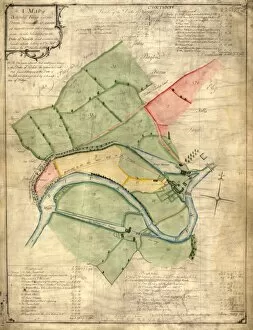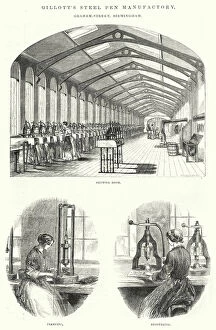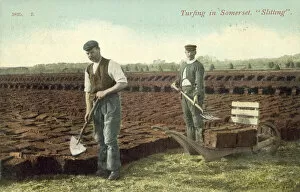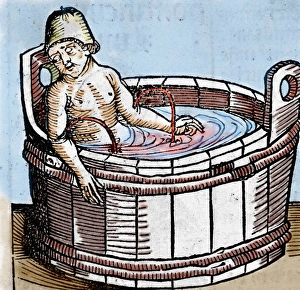Slitting Collection
"From Forges to Factories: Tracing the Evolution of Slitting" Step back in time to 1768, where a map reveals the Attercliffe Forge and its annexed farm, tenements
All Professionally Made to Order for Quick Shipping
"From Forges to Factories: Tracing the Evolution of Slitting" Step back in time to 1768, where a map reveals the Attercliffe Forge and its annexed farm, tenements, belonging to the Duke of Norfolk and Eliz Fell. Little did they know that this humble location would play a role in the history of slitting. Fast forward to 1851, we find ourselves in Birmingham's Hinks, Wells & Co. , witnessing the birth of steel pens. The slitting room buzzes with activity as skilled craftsmen meticulously cut and shape these essential writing tools. A pivotal moment for pen enthusiasts. In 1874, Prince Edward VII and Queen Alexandra pay a royal visit to Mr. Joseph Gillott's steel pen manufacturing facility in Birmingham, and are captivated by the intricate process pens - an art form that has become synonymous with British craftsmanship. Delving deeper into history, an engraving takes us back to 1541 when Francisco Pizarro met his tragic fate at the hands of conspirators. This event serves as a reminder that even blades used for sinister purposes have their place within the realm of slitting. The artistry continues with images depicting pen making throughout different eras - from Gillotts Steel Pen Manufactory in Graham-Street during Victorian times to modern-day factories captured by photographers keen on preserving industrial heritage. But not all forms involve metalwork; Somerset's fields come alive as men skillfully cut turf using traditional methods. Their laborious efforts remind us that while technology advances, some traditions remain steadfast. Even ancient philosophers like Seneca the Younger recognized the importance of precision and attention to detail – qualities inherent in both stoicism and slitting techniques alike. Returning once more to Birmingham's Hinks, Wells & Co. , we witness another glimpse into their bustling factory through The Illustrated Midland News' lens.












